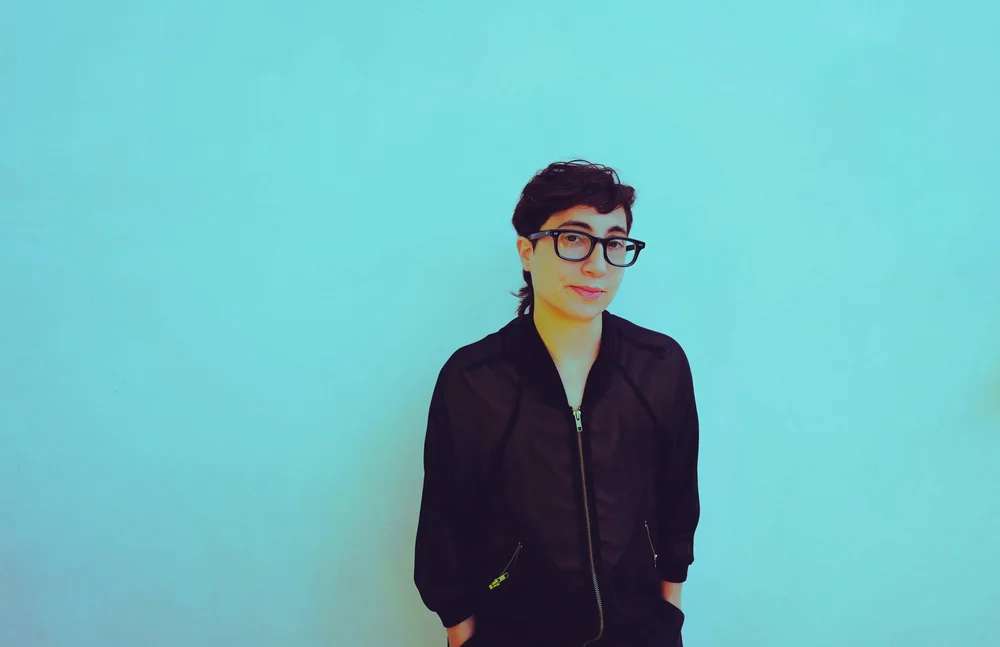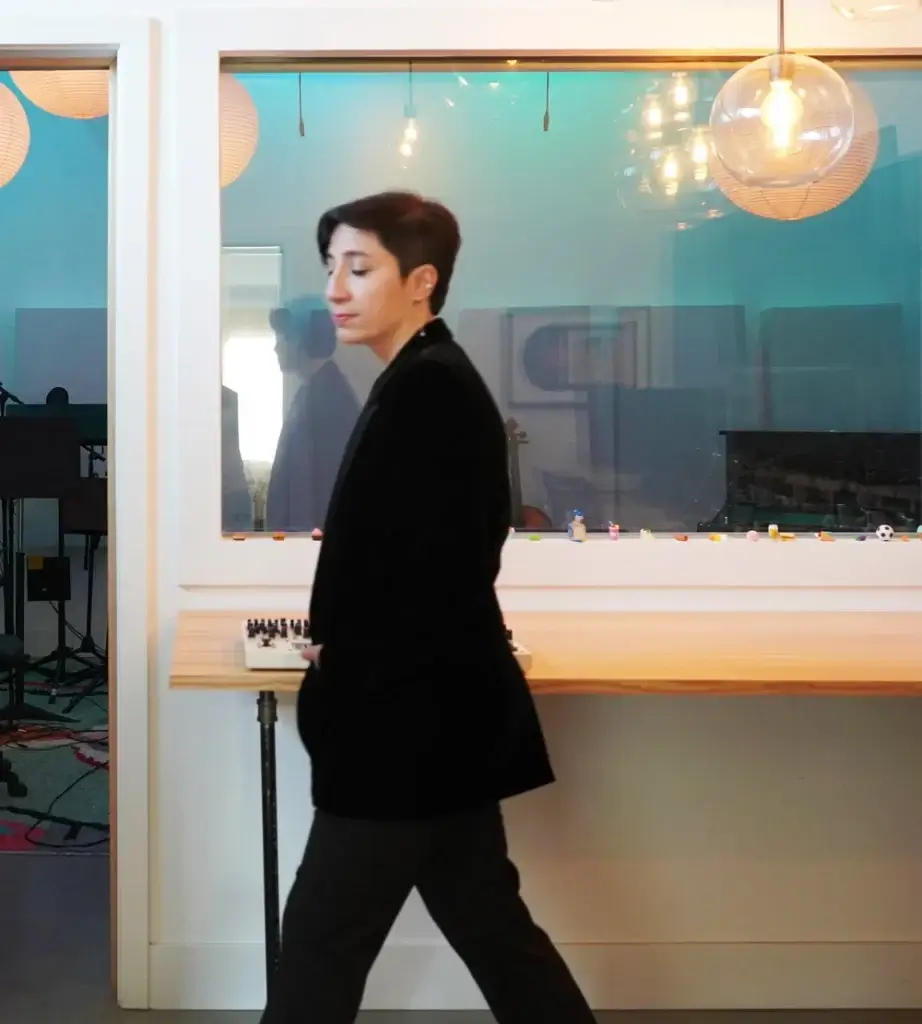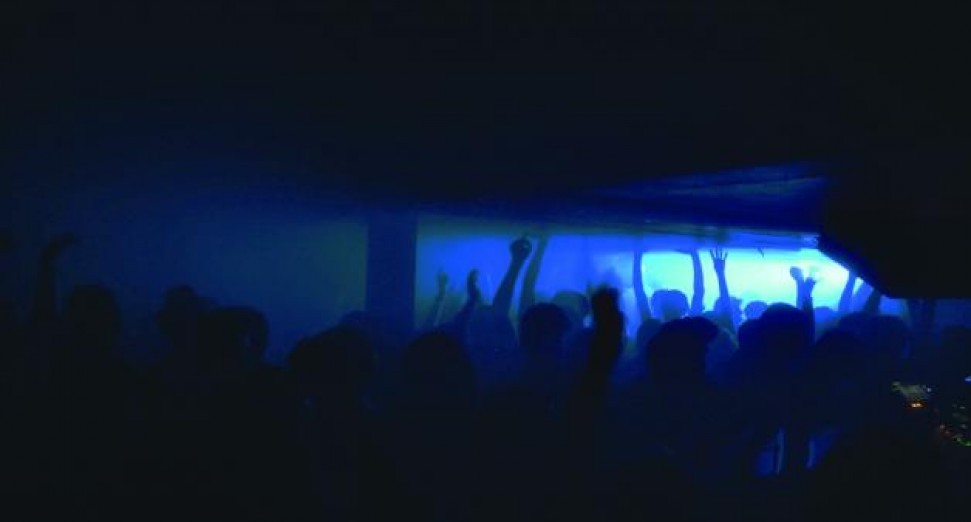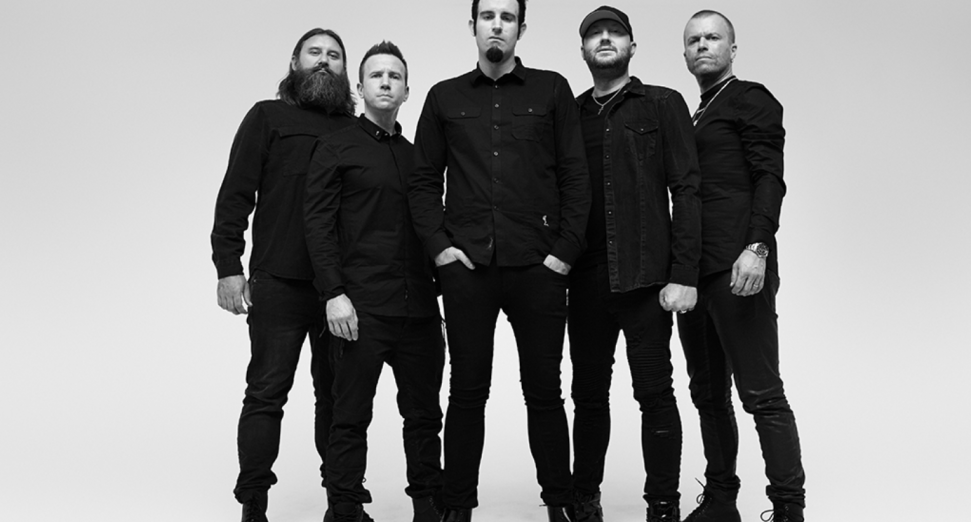
Grammy-Winning Composer Carla Patullo Fully Embraces Memory and Grief on “NOMADICA”
Grief is a challenging thing to tackle in and of itself, let alone through music. And, yet, Carla Patullo‘s new album “NOMADICA” somehow encapsulates all of the complexities of loss into one introspective, heart-wrenching package.
Released on August 22, 2025, the Grammy winning composer’s new album is a meditation on grief, memory, and connection, crafted with ethereal vocals, orchestral swells, and electronic pulses that ripple throughout the tracks. Trains, wind, water, and other field recordings are heavily used throughout the record, blurring the natural and the imagined, while isochronic tones complete a soundscape that takes the listener into a highly intimate, spiritual place – like the one that Patullo found herself in while creating.
The record is sparked by a dreamlike encounter with her late mother, who passed suddenly in a car accident. This record, though, is not an elegy, but a reclamation of presence. Songs like “Our Love Is” and “Nomadica” ache with the desire to cross into an impossible place, shaded with grief and fear but illuminated by the fragile hope that connection is somehow, someway still possible. “Arrival”, featuring a breathtaking solo by Lorenza Ponce, embodies that imagined meeting, and “Undercurrent” heavily utilizes cello and water, pulling us deep into the undertow of memory. Voices from the choir Tonality merge with Patullo’s own, widening the album into a communal experience, until the closing collaboration with Martha Wainwright, another artist who tragically lost her mother, ushers us back into the real world with the radiant affirmation of “Fly Under.” It’s not often that an artist can expand the entire experience of grieving (not just the loss, but any dreamt encounters afterward) into a cohesive album; somehow, Patullo makes it sound easy.
As Patullo says, “I think it’s through experiencing hardships that we can more fully appreciate life. In writing this album, I decided to reconnect with a very difficult moment in my life, my mother’s sudden death in a car crash… The music tracks this adventure, from my original desire to go back in time, through my arrival to NOMADICA, a dreamland in between memory and grief, and finally my reconnection and reconciliation with my Mom.”
This album is a triumph and proof that grief, while painful, can be a doorway to creativity. We sat down with Patullo to learn how all of this came about. Take a listen to the record, and read on to learn more about the birth of “NOMADICA”, how this album brought Patullo closer to her mother, and how you, too, can use art to process a tragedy.
You’ve said that “NOMADICA” was born out of revisiting your mother’s sudden passing. How did you know you were ready to create from such a painful place?
A few things happened. But the main thing was that I had my own run-in with death, which completely changed my mindset about a lot of things, and one of those things was the way I dealt with my mother’s death in the past. I had blocked it out in a way to protect myself. I never really confronted the grief and accepted the reality of it all. I couldn’t go to the cemetery and be present. It was like a foggy blur in my head. But after my own confrontation, I was able to process her death in a deeper way, and come out of it with an acceptance and a peace, and the best part was that I found a new connection to her, which I find strength from and hold onto every day now.
Do you find that setbacks usually spark creativity, or was this particular moment uniquely transformative?
Well I think emotions are powerful. And sometimes those feelings come with a need for expression and connection, and the best way for me to express myself is through music. So yeah, for me, setbacks and hardships lead to creativity for sure. This one though was an especially difficult circumstance, so there were a lot of emotions to tap into and explore.

“NOMADICA” is described by you as a dreamland between memory and grief — can you tell us about how that landscape took shape musically?
I would sit in my studio and write and record. In the beginning I was singing and laying down melodies on piano and with synths and other electronic instruments. Sometimes I felt like I was having a conversation with my mom through sound — things I never got to say, or that we never got to share with each other. In a way, the album became a ritual of healing. It allowed me to be intimate with my mom again. It wasn’t about “getting over” grief, but about creating space for those who have passed, finding beauty in that, and ultimately reconnecting with them. It sounds kind of crazy, but the music literally created a space and a whole world even – I could go to this realm in my head and talk to my mom there.
Let’s talk more about your experience working with Martha Wainwright. What was that like? Do you think collaboration can accelerate healing?
It was amazing to work with Martha Wainwright. I’ve been a fan of hers for a while. She also lost her mother, and I felt that she could bring a raw emotion and depth to the album, in addition to her stunning voice. We met up in Woodstock, NY to write and record Fly Under together. Her voice is achingly expressive — a rare blend of vulnerability and power — and it brought a richness to the song that I could never have created on my own.
And yes, I think connection can be very healing so to collaborate with Martha as we hovered over the lyrics together, and then I got to hear her sing them in the booth, and everything else we talked about – it was incredibly meaningful to me. To realize that others have experienced similar emotions and hardships really helps. The hard times can feel really isolating, so connecting with collaborators on something creative is a great path toward healing.
The same goes for the Scorchio Quartet and Tonality. It’s beautiful how everyone approached the material with so much openness. We weren’t just tracking parts — we were all stepping into the emotional world of the album, holding space for grief, memory, and resilience. Their contributions didn’t just elevate the music sonically; they gave it layers of human connection that I couldn’t have created alone.

Now that “NOMADICA” is complete, how has your relationship to grief and tragedy changed, if at all?
That’s a great question! I think in writing this album, I have learned some ways to process my big emotions. I’ve always turned to music to do so. But when something happens, it still all wells up inside of me like it’s the first time. I still have to feel all the feelings and trudge through them before I can look around and find ways to express them or connect with someone else about them. But I think I’m quicker now at looking for those connections and productive ways of dealing with hard things.
Lastly, what advice would you give to someone who wants to use art to process a tragedy, but doesn’t know where to start?
I would say to let yourself fully feel. Even if it feels easier or less scary, don’t try to block yourself from the emotion. And then try to express it in whatever medium you feel most drawn to. Maybe its your voice but maybe its something else like writing or painting or dancing or even just telling a good story to a friend. For me, boxing and getting out into nature are also great ways to channel some of those emotions. And of course listening to music – I can always find connection through music!
Stream “NOMADICA” here.



